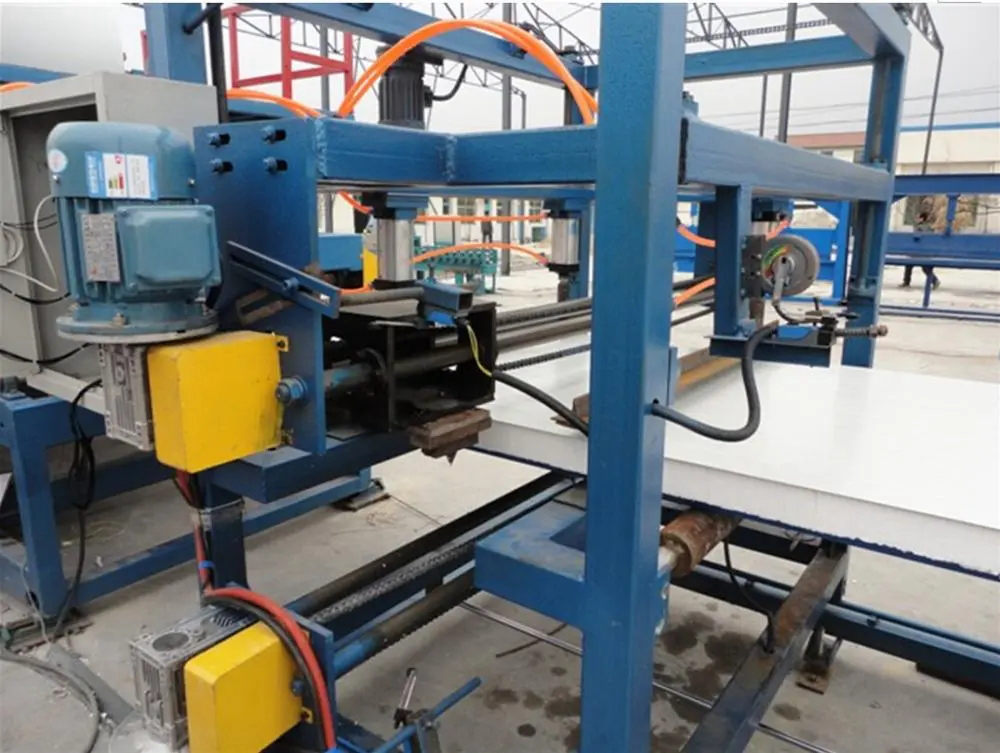
Advances in Noise Barrier Cold Bending Machines Enhancing Urban Sound Management
Urban areas are known for their hustle and bustle, but the accompanying noise pollution can significantly impact the quality of life for residents. To combat this issue, noise barriers have emerged as an effective solution, providing a critical line of defense against the incessant sounds of traffic, construction, and other urban activities. A key process in the production of these barriers involves cold bending, and specialized machines designed for this purpose have evolved to meet growing demands for efficiency and effectiveness.
Understanding Noise Barriers
Noise barriers are structures designed to block or deflect sound waves, acting as shields between loud noise sources and quiet areas. Typically constructed from concrete, wood, metal, or other sound-absorbing materials, these barriers can reduce noise levels by as much as 10 to 20 decibels, translating to significant improvements in auditory comfort for nearby residents. The design and construction of these barriers must consider various factors, including aesthetics, material durability, and, most importantly, efficacy in sound attenuation.
The Role of Cold Bending Technology
Cold bending is a critical process in shaping materials for noise barriers. Unlike traditional methods that involve heating materials to pliability, cold bending involves the application of mechanical pressure to deform materials at room temperature. This technique not only preserves the strength of the material but also enhances its overall structural integrity.
Cold bending machines are essential for this process. They allow for the precise shaping of materials, enabling manufacturers to create custom designs that fit specific project requirements. These machines are equipped with advanced controls and automation features, which lead to increased productivity and reduced labor costs.
Features of Modern Cold Bending Machines
Modern noise barrier cold bending machines are equipped with various features that enhance their functionality
1. Precision Engineering Advanced CNC (Computer Numerical Control) technology ensures high levels of accuracy in bending operations, minimizing material waste and ensuring that finished products meet specifications.

2. Versatility Many machines can handle a range of materials, including different grades of steel and composites, making them suitable for diverse manufacturing needs.
3. User-Friendly Interfaces Enhanced software allows operators to program complex bending sequences easily, thus reducing the learning curve and increasing operational efficiency.
4. Automation With the incorporation of robotics and automated feeding systems, these machines can output a higher volume of products with less manual input, allowing companies to scale operations efficiently.
5. Environmental Considerations Newer machines are designed to operate with lower energy consumption and reduced noise pollution during operation, aligning with sustainable manufacturing practices.
Impact on Noise Barrier Production
The advancement of cold bending machines has a direct impact on the production of noise barriers. By streamlining the manufacturing process, these machines enable quicker turnaround times from design to installation. Furthermore, the improved precision reduces the chances of errors or defects, ensuring that the barriers perform as intended.
As urban development continues to intensify, the demand for effective noise mitigation solutions grows. Manufacturers equipped with advanced cold bending machines can respond more swiftly to market demands, playing a vital role in enhancing urban living conditions.
Conclusion
Noise pollution is a pressing issue in urban environments, and noise barriers serve as a vital countermeasure. The evolution of cold bending machines has revolutionized the production of these barriers, allowing for enhanced efficiency, customization, and sustainability. As technology continues to advance, it is anticipated that these machines will become even more integral to the field of acoustic engineering, further improving urban sound management strategies. In turn, this will contribute to a better quality of life for residents in noisy urban settings, echoing the importance of sound management in modern infrastructure development.